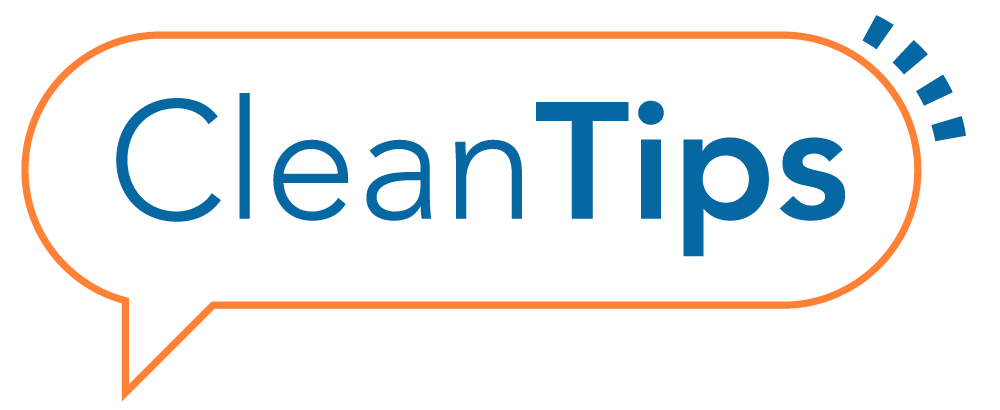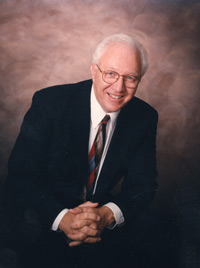Team Cleaning
Loading the player ... |
|
Jim Harris, Sr. |
Q: What are the primary obstacles facility managers face today?
There is a strong uncertainty in the marketplace. It’s not just market conditions. Changes in government policy like the Affordable Care Act and a directive to raise the minimum wage unsettle the marketplace in ways that are outside of facility managers’ control. Their budgets do not change as quickly as these policies take effect, so they find themselves having to constantly do more with less without re-engineering. Some facility managers respond by reducing cleaning frequencies. Then, instead of getting more for less, they are getting less for less. Also, they’re struggling with maintaining quality, increasing productivity and being assured that the workforce is being managed effectively.
Q: How can new technology help overcome those obstacles?
All of these challenges call for an innovative approach to cleaning. Instead of shooting from the hip or educated guesswork, new facility management software creates a refined and detailed process. Frequent inspections give an accurate idea of the level of clean and raise unknown problems that need to be serviced. By using the new Team Cleaning software, facility managers can better understand the components of a facility and effectively create and route a service delivery schedule. It’s not left up to the staff to determine frequency and routing. The delivery is defined in detail for the service provider, and managers can electronically access and monitor their progress anywhere at anytime.
Q: What new advances in cleaning tools and equipment do you see being most valuable to facility managers in the coming years?
The first thing that comes to mind is the new battery-powered backpack vacuum, the GoFree Flex Pro from ProTeam. With its longer runtime and lighter weight, the dream of going cordless is not a dream anymore. There are other innovations that can be incorporated into a Team Cleaning system for greater efficiency – robotics, high flow extraction and other battery-operated equipment. As the costs come down and the equipment becomes more effective, they are becoming a part of daily operations greatly improving productivity and cleaning efficacy.
Q:How has Team Cleaning changed in the last 20 years?
Team Cleaning has evolved steadily, but not dramatically. The basic fundamentals behind capturing facility data, using quadrants and specialists, and eliminating waste are the same. It has always been predicated on Cleaning for Health - it has to meet the requirements of sustaining a healthy indoor environment in a high performance way. The biggest shift has happened in the last three and a half years with the new Team Cleaning software to support the implementation of Team Cleaning. We have also made adjustments based on market conditions and the application of Team Cleaning to different facility types. Finally, the integration of lean operations and the Six Sigma measurement standards have had a profound impact on consistent performance.
Q: How does Team Cleaning adapt to different facility types?
We have seen Team Cleaning adapted to service clean-room environments, schools, and medical facilities, just to name a few. It adapts to day cleaning. In fact, we have seen greater success pairing Team Cleaning with day cleaning. Because of the workflow, customers can know where every member of the team is going to be and what services are going to be performed. This is one of the main things that differentiate Team Cleaning from other systems.
Q: What else is different about Team Cleaning?
There are many stark differences. In Team Cleaning what we do is simplify the cleaning tasks and redistribute them across the existing workforce. Workers are organized into specialists. Specialists have very limited duties and responsibilities. Because their tasks are limited, they pick up the knowledge of how to clean properly in a short amount of time. They know what they have to do, they have the right equipment, and they know how much time they have to complete each task. Because of the workflow patterns and the use of quadrants, the system is very efficient. We have eliminated unnecessary steps, procedures, and tasks. This creates a highly motivated workforce that is active throughout the entire shift in a disciplined way. They are working with a well-defined standard of performance. Everything works extremely well once its honed in.
Q: Who would benefit most from attending a Team Cleaning seminar?
Anyone who wants to have a breakthrough improvement in their cleaning operation. We have had CEOs, presidents, owners, HR people, operations managers, head custodians, consultants, environmental service managers or anyone in a management position. Those are the people who will benefit most directly. For anyone who is not in a position of authority to implement Team Cleaning, then the seminar will arm them to go back to their shop and convince decision makers. For example it works especially well when a facility manager and a head custodian take the seminar together. The head custodian picks up on the system very quickly, because they see the merit of the changes to the daily delivery.
Q: Walk me through a typical Team Cleaning seminar. What topics will be covered?
On day one we get everyone up to speed on the system itself. We look at the fundamentals of Team Cleaning from a high level. We introduce key objectives and explain the history of Team Cleaning. We define specialists and quadrants. We show the tools of Team Cleaning: how we train, how we measure and inspect the facility.
Day two is more of a hands-on process of implementing the system — how to do what we talked about in day one. Attendees capture facility data, design quadrants, route specialists, calculate production rates, and create job cards. They learn how to do all this manually and through utilizing the computer software. Then we spend a fair amount of time discussing the implementation process, answering the question, "What do I do when I get back to my shop?"
Q: What are usually the next steps for attendees?
First of all, they must decide whether or not they see Team Cleaning as an improvement to their cleaning process. We don’t hold anything back at seminars. We teach them everything we know, so they leave with enough information to start their Team Cleaning operation. Owners, CEOs, and consultants may make modifications to the system, and that’s fine with us.
Say the attendee does not have decision-making power to implement Team Cleaning. This individual can go through the two-day seminar and feel that it makes perfect sense then go to his boss and his boss doesn't see the advantage. In that case, we have webinars to explain the system. We are happy to attend meetings to help his boss understand.
We are also in the business of going onsite and counseling through the transition to Team Cleaning. We help choose a pilot facility and personnel that will set them up for success. Then, we can use the pilot facility to show reluctant staff that the system does work; it can succeed.
This is disruptive innovation. The Team Cleaning system comes into an organization and disrupts their current operations and makes them better. That’s what Team Cleaning does. The growth is solid, but it's not rapid. There has to be a commitment to take the time to set things up properly before it starts – capturing accurate facility data, creating job cards, training workers, and setting up the pilot facility. When that happens, Team Cleaning is without question the best approach to meet the challenges of cleaning today.
posted on 9/23/2015


 The Down and Dirty on Cleaning in Virus Season
The Down and Dirty on Cleaning in Virus Season How Surfactant Use is Expanding in Commercial Cleaning
How Surfactant Use is Expanding in Commercial Cleaning Clean Buildings Conference
Clean Buildings Conference

